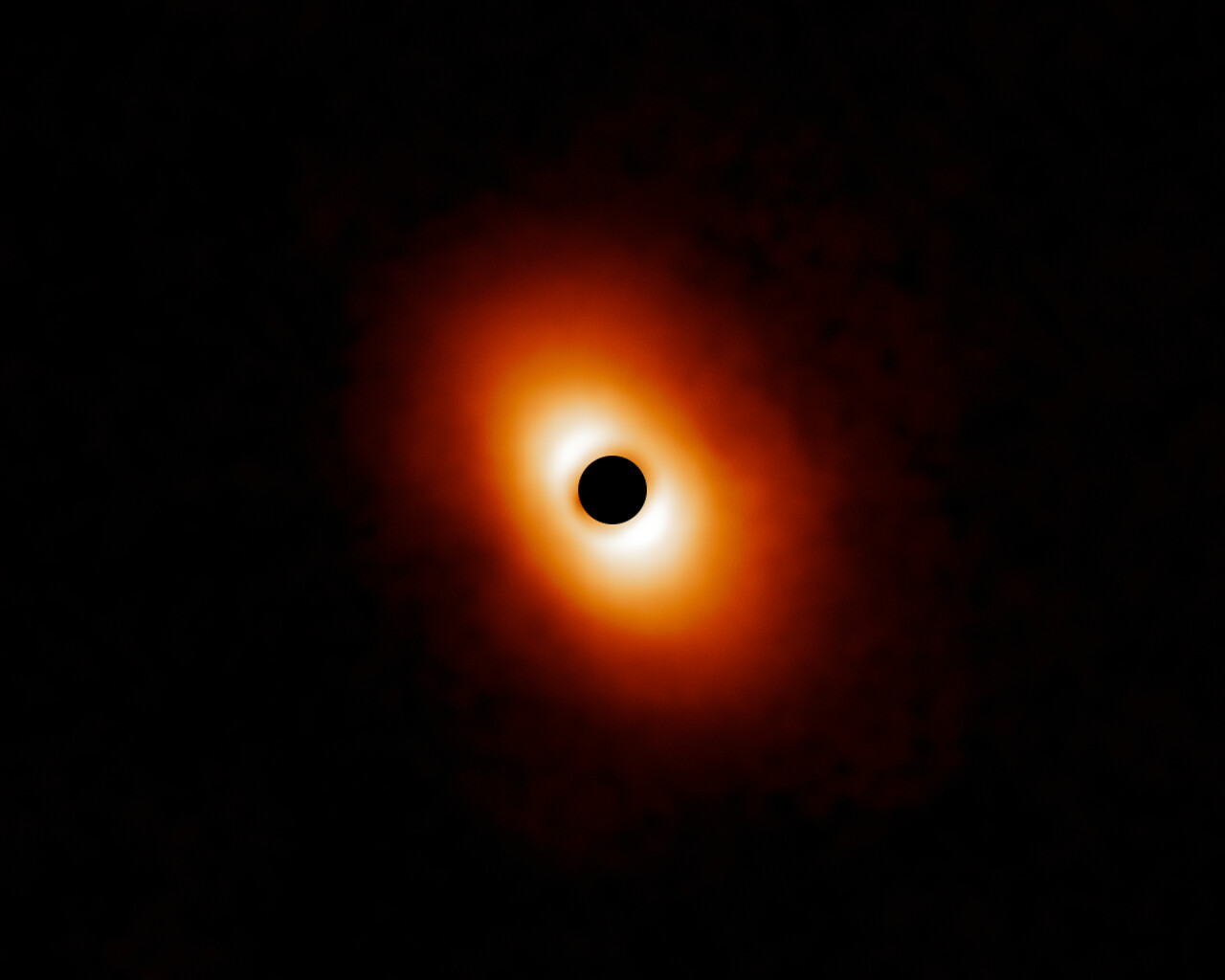Aquila
Origin
Aquila has a long history and was a Babylonian constellation, connected to an old Babylonian myth of a king who watches the world from above riding an eagle. As it is depicted next to the Babylonian constellation of The Corpse, it can also be considered as the bird who carries (souls of) the deceased to the starry heaven.
Aquila was later described by Ptolemy in the second century as an eagle that is associated with Zeus/Jupiter in Greek and Roman mythology respectively. Aquila is considered a summer constellation in the northern hemisphere and a winter constellation in the southern hemisphere.
Bright Stars
Altair is the brightest star in Aquila with a magnitude of 0.76 making it one of the brightest stars in the night sky. Altair is part of the asterism known as the Summer Triangle (along with Deneb and Vega). Altair is relatively close to Earth at only 17 light-years distant. The second-brightest star is Tarazed, an orange-hued giant star of around magnitude 2.7. Okab is a binary star of magnitude 3.0. The companion star is much fainter at 12th magnitude and only 7.2 arcseconds away.


 Photo of the constellation Aquila produced by NOIRLab in collaboration with Eckhard Slawik, a German astrophotographer.
The annotations are from a standardized set of 88 western IAU constellations and stick figures from Sky & Telescope. Please find here a non-annotated version of the image.
Photo of the constellation Aquila produced by NOIRLab in collaboration with Eckhard Slawik, a German astrophotographer.
The annotations are from a standardized set of 88 western IAU constellations and stick figures from Sky & Telescope. Please find here a non-annotated version of the image.
Credit: E. Slawik/NOIRLab/NSF/AURA/M. Zamani
Notable Objects
NGC 6751 is also known as the Glowing Eye Nebula. It shines at magnitude 11.9 in Aquila, and is about 6500 light-years away. This planetary nebula was the winning image in the 2009 Gemini School Astronomy contest in which students competed to select an object to be imaged by the International Gemini Observatory.
NGC 6709 is a magnitude 6.7 open cluster about 8.7 arcminutes in diameter. NGC 6755 is an open cluster with a magnitude of 7.5 and located about 8000 light-years away.











